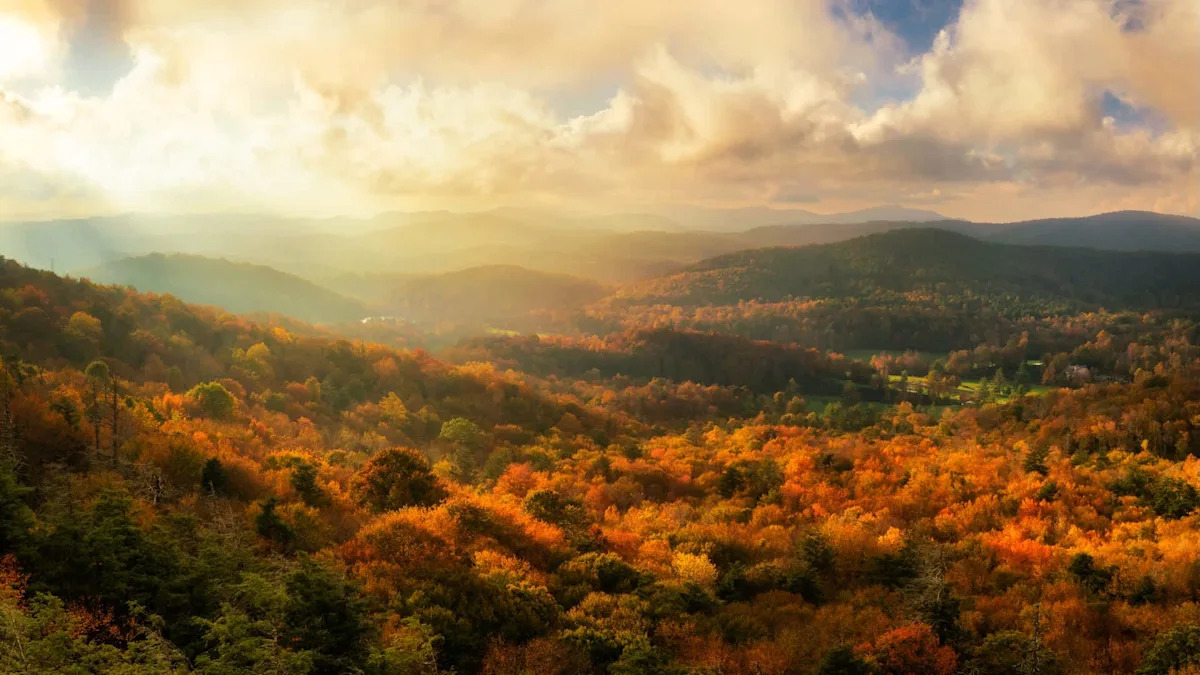Home / Environment / Climate Change Disrupts Iconic Fall Foliage Displays
Climate Change Disrupts Iconic Fall Foliage Displays
3 Oct
Summary
- Warming temperatures and drought negatively impact fall colors
- North Carolina's tourism industry hit hard by Hurricane Helene in 2024
- Climate change fuels more extreme weather events

As of October 3rd, 2025, the fall foliage season is underway, but scientists warn that climate change is negatively impacting the vibrant displays across several northern states and the higher elevations of the Rockies and Appalachians. Warmer nighttime temperatures and drought conditions are dulling the usual spectacular show of colors.
In Western North Carolina, a popular leaf-peeping destination, the combination of a dry fall and warmer nights has muted the fall colors this year. Experts attribute this to the human-caused climate change, with heat-trapping gases fueling a rise in nighttime temperatures. This is a significant issue, as the cool fall nights are crucial for trees to produce the sugars that yield the bright purples, reds, yellows, and oranges.
The warming trend and drought conditions are not just affecting North Carolina. Climate Central's analysis found that 97% of 245 U.S. locations had warmer fall nights since 1970, with an average warming of 2.7 degrees Fahrenheit. Extreme weather events exacerbated by climate change have also taken a toll on the region. In 2024, Hurricane Helene brought devastation to western North Carolina, causing an estimated $584 million in losses to the tourism industry in Buncombe County during the fourth quarter.




